Marriage takes work. There’s always room for improvement and that starts with clear, honest communication. Strong communication is one of the tenets of any healthy relationship. Like most things worth doing though, it can be challenging. Here are five tips for effective communication in a marriage.
1. Be proactive in getting your needs met. Your partner isn’t a mind reader, and in order to have a healthy, mutually fulfilling relationship, you must consistently check in to make sure that needs are being met. The longer it’s drawn out or avoided, all the more likely that resentment will grow and the topic at hand becomes that much more difficult to address.
2. Speak from the “I” perspective. You can only speak from your own experience. Using the “I” perspective helps avoid coming across as attacking someone and they may get defensive.
3. Avoid making assumptions. It can be easy to get caught up in our own feelings, especially when they’re intense, and sometimes that leads to making unfair assumptions about someone’s intentions or behaviors. Assumptions present an additional obstacle to productive communication because before the to
4. Make yourself a safe person to criticize or say no to. If your partner(s) fear retribution or a negative reaction from you as a result of receiving constructive feedback or being told no, they may be disincentivized to consistently communicate. It’s okay to be upset or have negative feelings, but it’s not okay to take it out on your partner.
5. Seek couples therapy if you feel stuck. If you struggle to figure out how to communicate effectively, or if you end up in a stalemate despite your best efforts, therapists like those at Embrace Sexual Wellness can be great facilitators for improved communication.
Communication is hard so try not to get discouraged if you’re struggling with it. Give yourself and your partner(s) the grace to make mistakes and to not get it right on the first try every time. For previous Embrace Sexual Wellness articles on communication, you can check here and here.



































